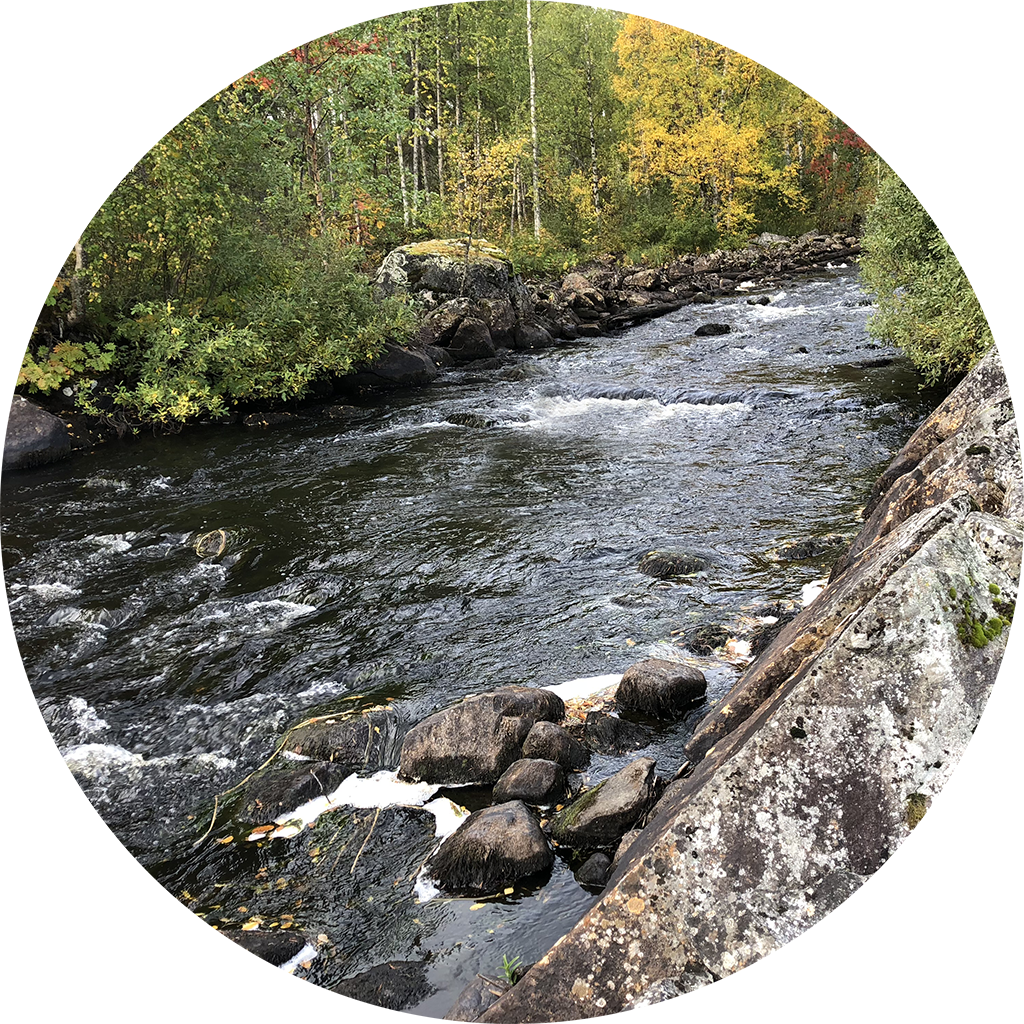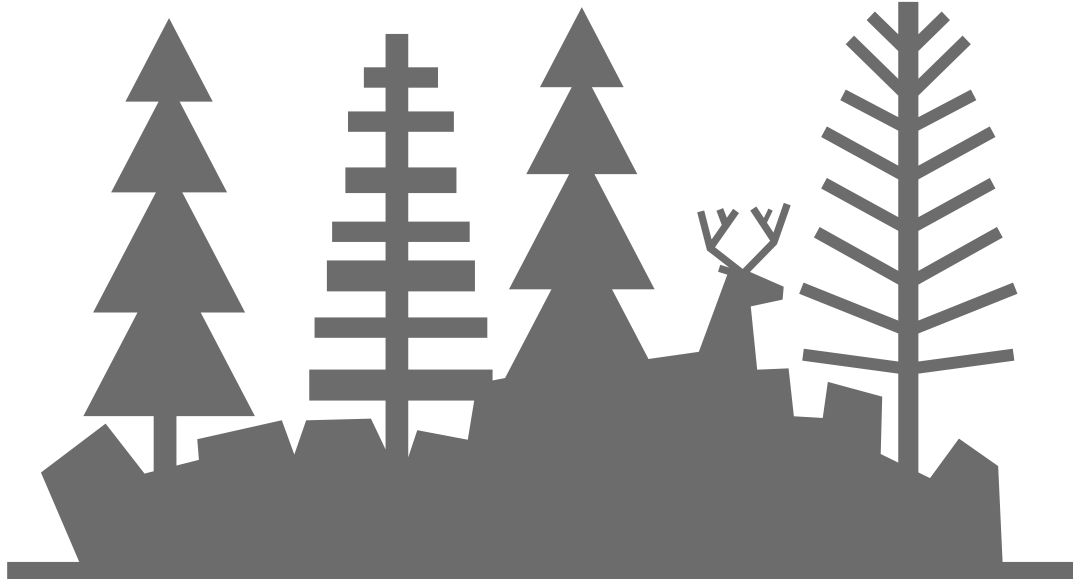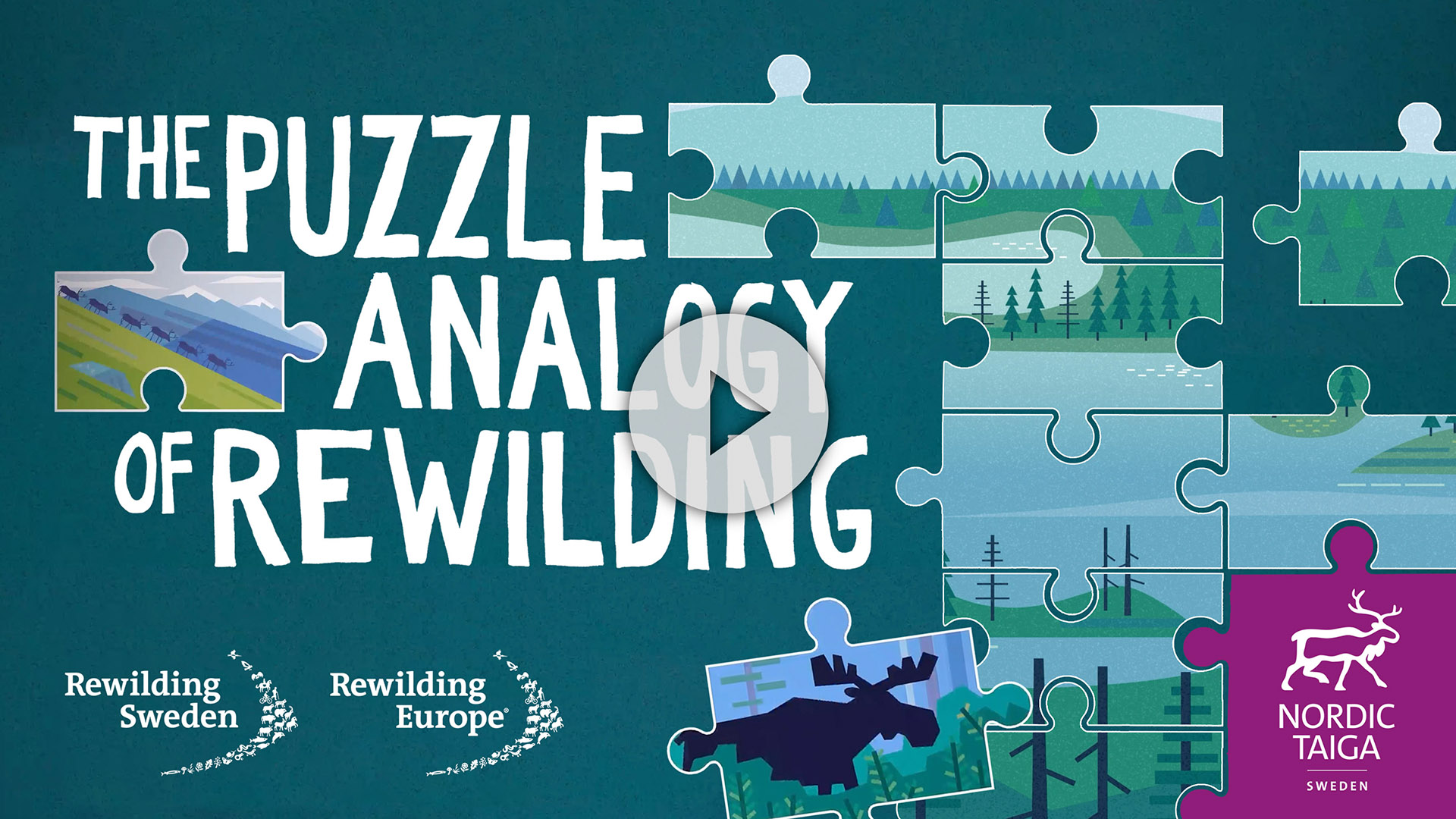Rewilding is a holistic, forward-looking approach to conservation with people at its heart. The goal is to restore damaged natural processes so that nature can lead its own recovery – while enabling people to live from and alongside it in a sustainable way.
Revitalising natural processes by focusing on the gaps
In a fragmented landscape, like in the Nordic Taiga, rewilding of habitats is important to enable exiting keystone species to fulfil their ecological roles. Especially in the spaces between the sparse areas of suitable habitats remaining – in nature’s gaps. For instance, big herbivores are, in the majority of places, a principal force behind shaping vegetation, creating habitats for other species and sequestering carbon. If absent, rewilding entails their reintroduction. But in the Nordic Taiga, where many existing grazers suffer from densely planted production forests, thinning becomes essential to allow ground vegetation to flourish and, hence, allow grazers like reindeer to do their ecological work.
Ultimately, rewilding shall always start with identifying what pieces are missing or being suppressed in an ecosystem. The job then involves putting those pieces back in place to revitalize natural processes, followed by stepping back to let nature take the lead in its recovery.

Adding the missing pieces
Selecting the right rewilding approach

Habitat rewilding
This active rewilding approach improves ecosystem structure and function, enabling suppressed keystone species to thrive. It applies when natural processes are too degraded to recover alone or when self-recovery is too slow. Examples include dam removal, river restoration, reconnecting habitats, tree veteranisation, and rewetting forests and wetlands.

Keystone species reintroduction
This active rewilding approach focuses on the reintroduction or population reinforcement of ecologically important wildlife species that are missing or critically low in number. For this approach to succeed, the species must be given sufficient space and access to high-quality habitat. If such habitat is lacking, targeted habitat rewilding should be the first step.

Passive rewilding
This approach is used when key ecological elements are already in place and the ecosystem is relatively intact. If human disturbance ceases, natural species can often recolonise spontaneously. Given enough space, time, and minimal interference, natural processes have the potential to restore the ecosystem’s complexity, resilience, and biodiversity on their own.






